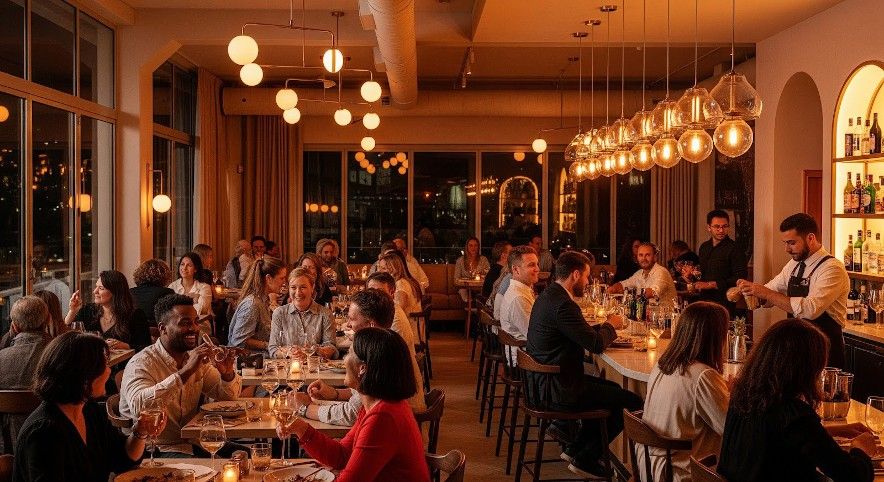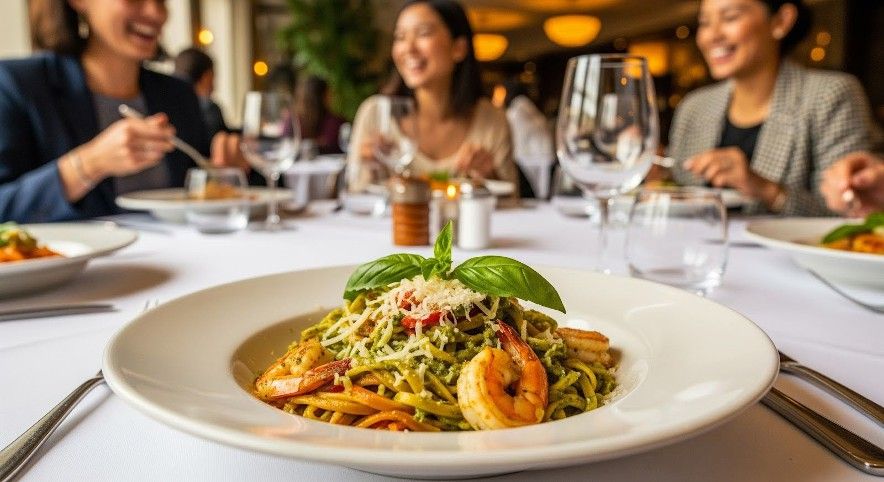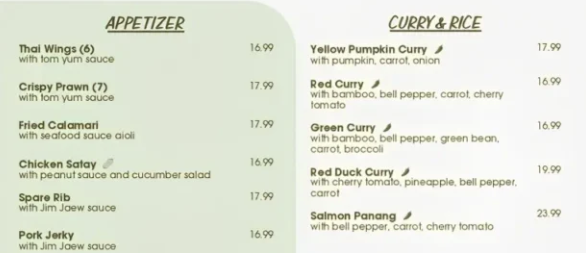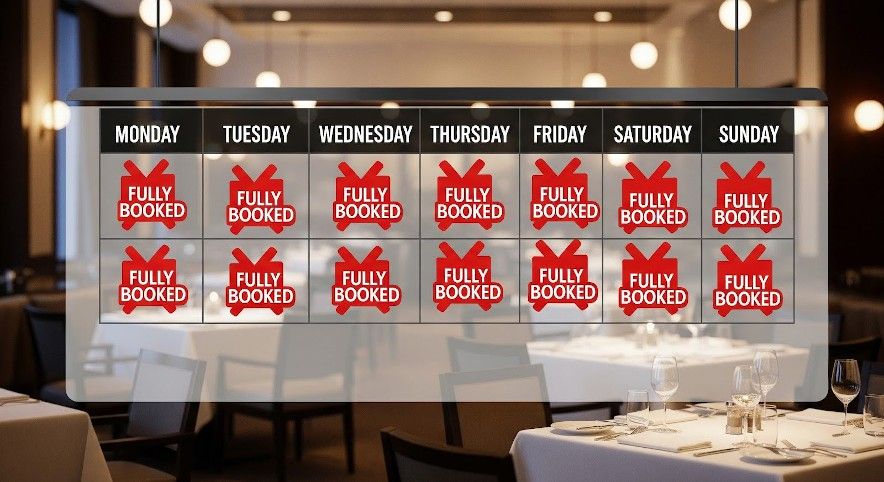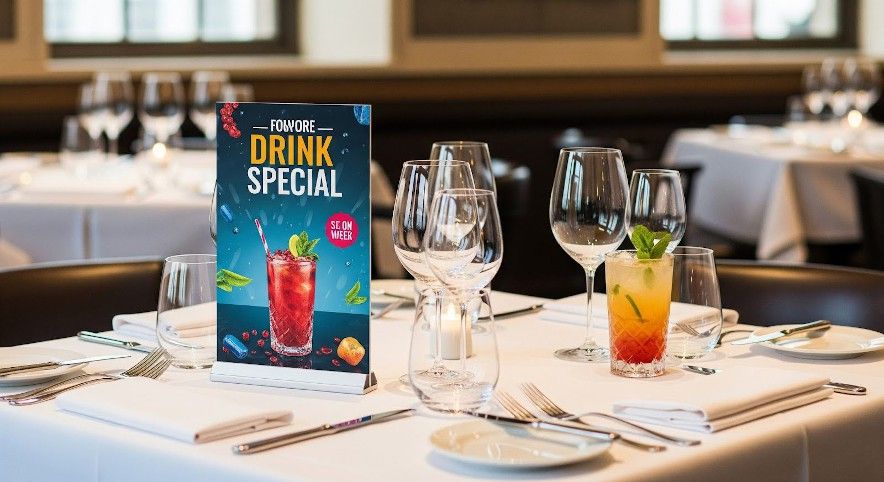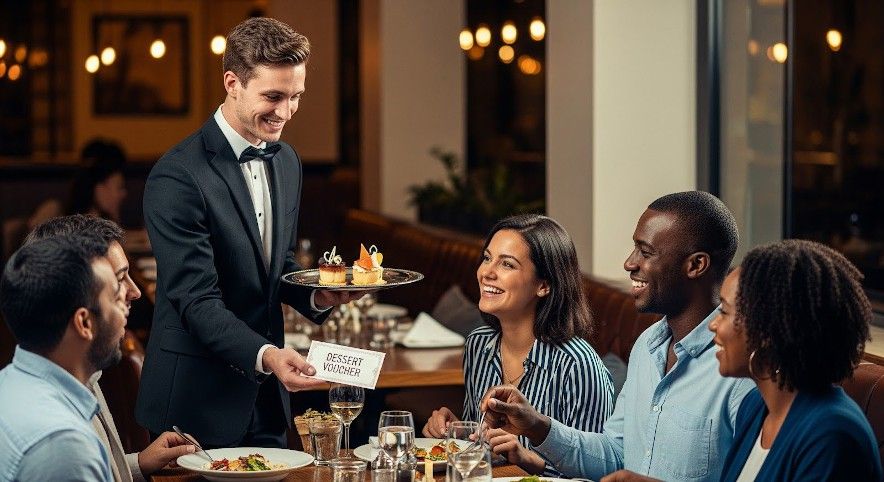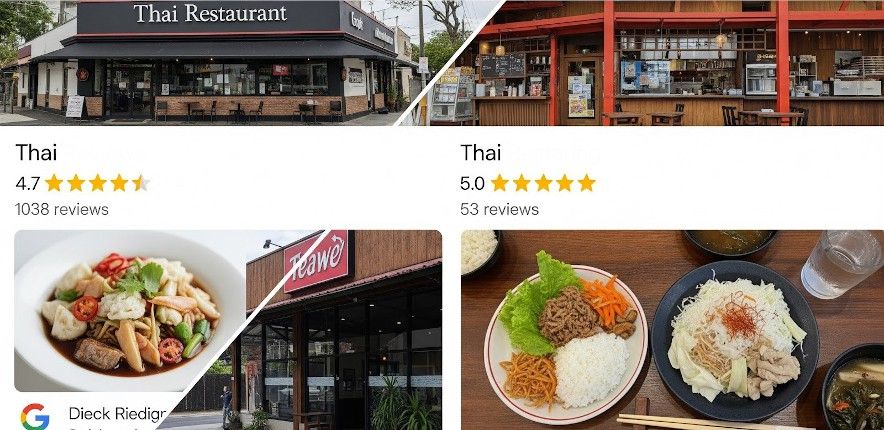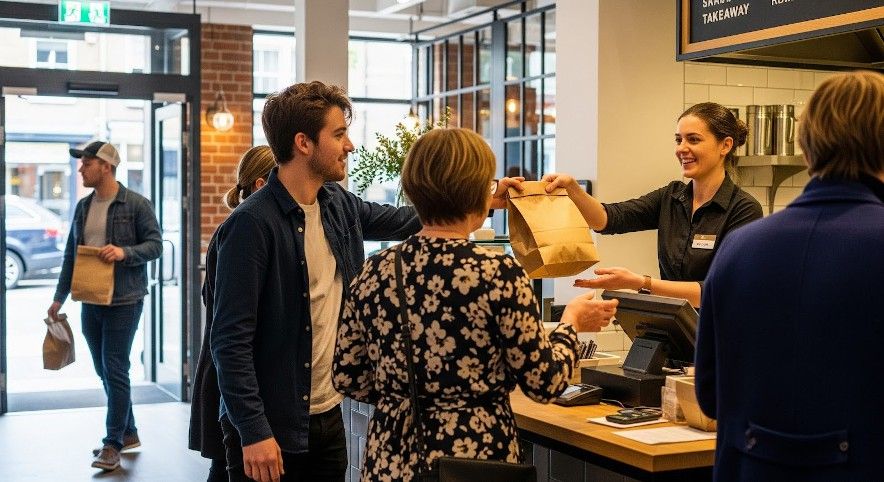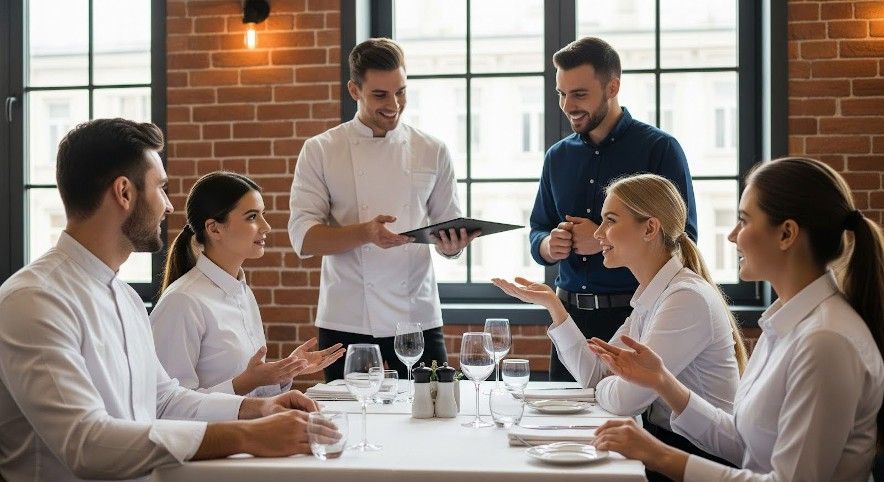How to Increase Restaurant Revenue According to Alex Hormozi
This is the juiciest advice for owners or managers trying to increase their restaurant revenue.
These are my notes from the episode 886 from The Game podcast from Alex Hormozi. This episode is so full of strategies on how to increase restaurant revenue that I had to take notes, now I’m sharing these notes with you.
Use these strategies with caution. Alex made all the suggestions after listening to their specific situation, type of restaurant and current success. Some of these strategies may not be applicable to your restaurant or situation.
The Challenges You Will Learn to Overcome
Many restaurant owners face similar hurdles. These are some of the common ones Alex Hormozi helped this restaurant tackle:
-
Increasing sales every day of the week: Many restaurants are generally fully booked on the weekends, but not as busy during the week. How do you get bums on seats on days that are usually quiet?
-
Boosting takeaway sales: Tapping into the growing market of customers who prefer to eat at home.
-
Upping alcohol sales: A great way to increase the average spend per customer.
-
Opening a second location: This is a big one! Alex’s advice here is gold: “Nail it, then scale it.” Make sure your first location is absolutely optimised and humming along perfectly before you even think about a second spot. It might take a bit longer to get that second location open, but by having your first one fully sorted, you’ll reach your tenth location much quicker in the long run.
Lesson 1. Your Product Needs to Be Superior
First things first, your food is everything. Seriously! Word-of-mouth (WoM) is massive for restaurants, and it all starts with an amazing product. Think about it: if you have one customer who absolutely adores your food, they’ll tell everyone they know, and your business will grow naturally.
On the flip side, if your food is just “okay,” people might visit once and never return. In that case, you’d constantly be scrambling for new customers, which is a tough way to run a business. If your product is top-notch, marketing simply helps you fill up faster. But without that fantastic food, you’ll always be chasing your tail.
Lesson 2. Small Pricing Changes Can Bring Big Profits
You might be surprised how a few tweaks to your pricing can significantly impact your bottom line.
In a restaurant, where margins are low, a small price increase becomes a sizeable jump on net profit.
The maths behind menu items profits
Let’s explore the maths behind it. If you have a dish that sales for $10 and a profit margin of 10%, that means that you make a net profit of $1 every time you sell that dish.
If you increase the price of the dish by 5% to $10.50, the net profit on that dish goes from $1 to $1.50, that’s a 50% increase in profit.
Processing Fees or Slight Increases
Hormozi offers two ways to achieve the price increase.
Charging a Processing Fee
The first option is passing on the card processing fee to the client. This is quickly becoming a common practice, and it’s quickly becoming an industry standard practice.
An advantage of using this approach is that you don’t need to make any modifications to your menu.
You can easily check your annual or monthly card processing fees to estimate your income improvements.
Let’s use Square at 1.6% surcharge as an example. The price of a $10 dish will become $10.16, leaving a net profit of $1.16 instead of $1. While this looks tiny, it is a 16% of net profit income without doing much.
Adding .99 to every menu item
Alternatively, Alex suggested adding .99 to all the menu items, for example an item would go from $16 to $16.99.
Imagine if you applied this to every order over a year! The Thai restaurant from the podcast serves 100,000 customers who each order two items, that’s potentially an extra $200,000 in net income without really changing anything else. These small changes really add up when you have high customer volume.
Keep in mind
The “.99” pricing style works well for upper-middle-range restaurants. If you run a high-end establishment, it might not align with your brand’s image.
Lesson 3. Get fully booked every day of the week
Alex says, the way to fix a not fully booked restaurant during weekdays is increasing the pricing on the weekends.
This was suggested because the restaurant highlighted in the podcast has people lining up on the weekends to dine in there.
Alex didn’t dive too deep into this strategy, so an exact price increase percentage wasn’t suggested. However, the important thing to consider in this strategy is to frame the weekday pricing as a discount, rather than the weekend pricing as an additional surcharge.
Lesson 4. Use your Food Menu to Guide Customers to Profit
Your menu isn’t just a list of dishes; it’s a powerful sales tool. Alex has some excellent advice for making it work harder for you:
Order by Profitability
Within each section (e.g., mains, desserts), list your dishes from most profitable to least profitable. This encourages customers to naturally gravitate towards items that boost your bottom line.
Highlight Your Stars
Don’t just highlight the entire “specials” section. Instead, pick specific, high-profit dishes within each category and make them stand out. You could even add a little note like, “If this is your first time visiting, this is the one you can’t miss!” or “Our most popular choice!”
Pairing Suggestions
Underneath each dish, add a line like “Pairs well with [suggested beverage]”. This subtly encourages customers to think about drinks, especially alcohol, and makes it easy for them to add it to their order. It also helps your wait staff remember to suggest those pairings!
Rotating Drink Specials
Introduce a weekly or seasonal drink special.
Train your staff to enthusiastically recommend it, for example, “Hey, before you look at the drinks menu, I just wanted to tell you about our special of the week – it’s our freshly made [insert beverage name], which is super refreshing for summer!”
Have a beautifully designed, small card or flyer for this one special item permanently placed on each table. This makes it feel upscale and gives staff something tangible to point to.
Lesson 5. Turning First-Timers into Regulars
-
Identify first-time visitors. Your wait staff can ask.
-
At the end of their meal, give them an unexpected free item, like a small dessert.
-
Even better, give them a coupon for a free dessert on their next visit as they’re leaving. This gives them a compelling reason to return.
Lesson 6. Thousands of Reviews, The Key to Client Acquisition
Online reviews are your restaurant’s lifeblood. Most people check reviews before choosing a place to eat. Would you choose a 3.5-star place over a 4.7-star place? Probably not! People have a limited number of times they eat out, and they don’t want to waste it on a mediocre experience.
Ask for Reviews Smartly
Immediate Gratification
Offer a free drink or dessert in exchange for a review at the point of sale (when they’re paying). “If you’re willing to give us a review, we’d love to take care of one of your drinks – it would mean the world to us as a small family business!” The key is immediate value; discounts for “next time” are less motivating.
Motivate Your Staff
Empower your manager to approach tables and say something like, “Your wonderful waitress, [waitress’s name], gets a small bonus if she reaches 10 five-star reviews this month. If you enjoyed your experience, a review mentioning her would be amazing!” This way, customers are motivated by helping out a friendly staff member.
Quantity Matters
A restaurant with 1,300 reviews at 4.7 stars often looks more appealing and established than one with 55 reviews at a perfect 5.0. It shows consistent quality and popularity.
Lesson 7. Boosting Take Away Orders
Encourage larger takeaway orders by offering a free item (like a dessert or side) for orders above your current average order value. If your average takeaway order is $60, offer something free for orders over $75. This is a simple, effective way to increase your average order size.
Lesson 8. How to Train your Wait Staff to Apply These Improvements
Your staff are your frontline! Consistent, effective training can dramatically improve sales and customer experience.
Rehearse Sales Pitches
Regularly (every shift, if possible) rehearse exactly what your wait staff should say. Think of how big chains like McDonald’s train their staff to ask, “Do you want fries with that?” or KFC’s “Big with a Pepsi Max?” Those phrases are drilled in for a reason.
Specific Recommendations
Train your team to confidently recommend specific dishes, pairings, and specials.
Leaderboards and Incentives
Create a fun leaderboard in the back for staff members with the highest alcohol sales or positive customer feedback. Offer small bonuses, priority in roster selection, or other incentives to motivate them.
Bonus Lesson. Loyalty Programs
While Alex isn’t a huge fan, as he believes the food itself creates loyalty, he acknowledges some benefits and point out a couple of strategies to apply:
-
Birthday Perks: Offer something free on a customer’s birthday.
-
Skip the Line: If you have long queues on weekends, offer loyalty members the ability to skip the line or get a table quicker. This is a huge incentive!
Final Thoughts
By focusing on these practical, customer-centric strategies, you’ll be well on your way to a more profitable and thriving restaurant business. It’s all about making small, smart adjustments that add up to big results!
